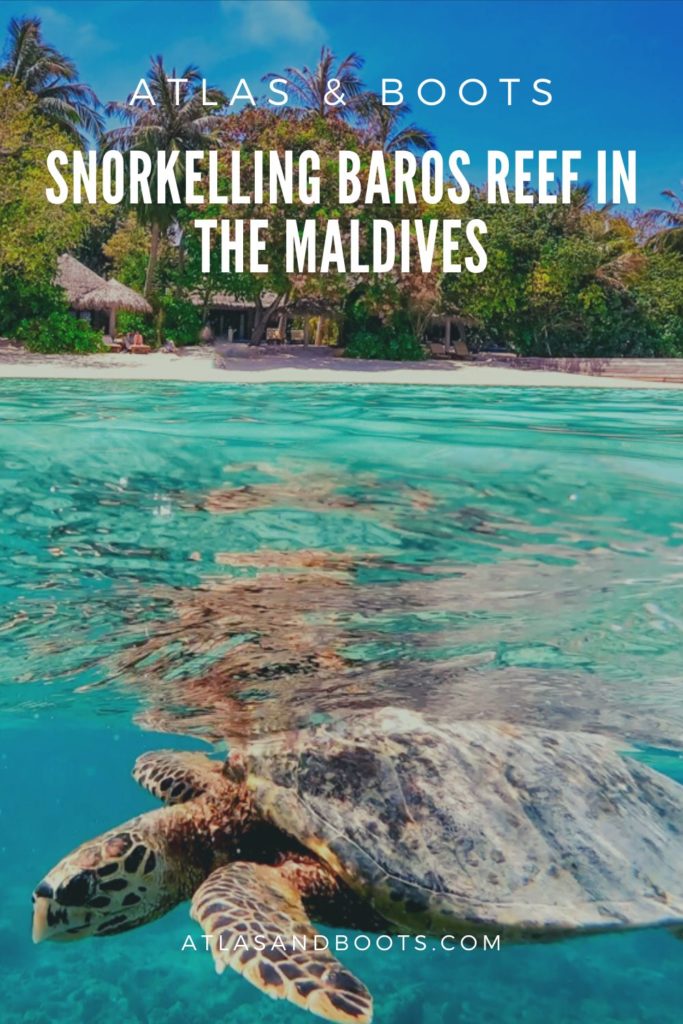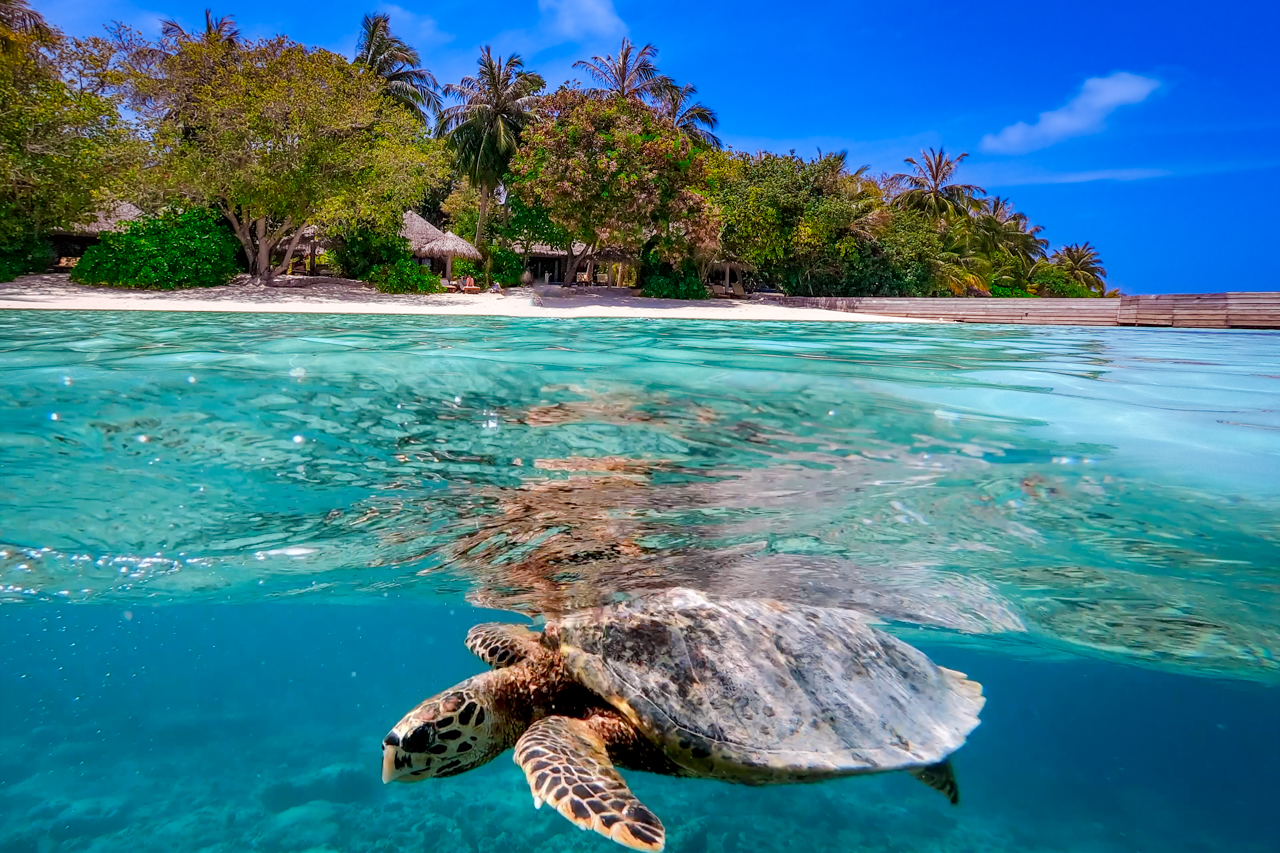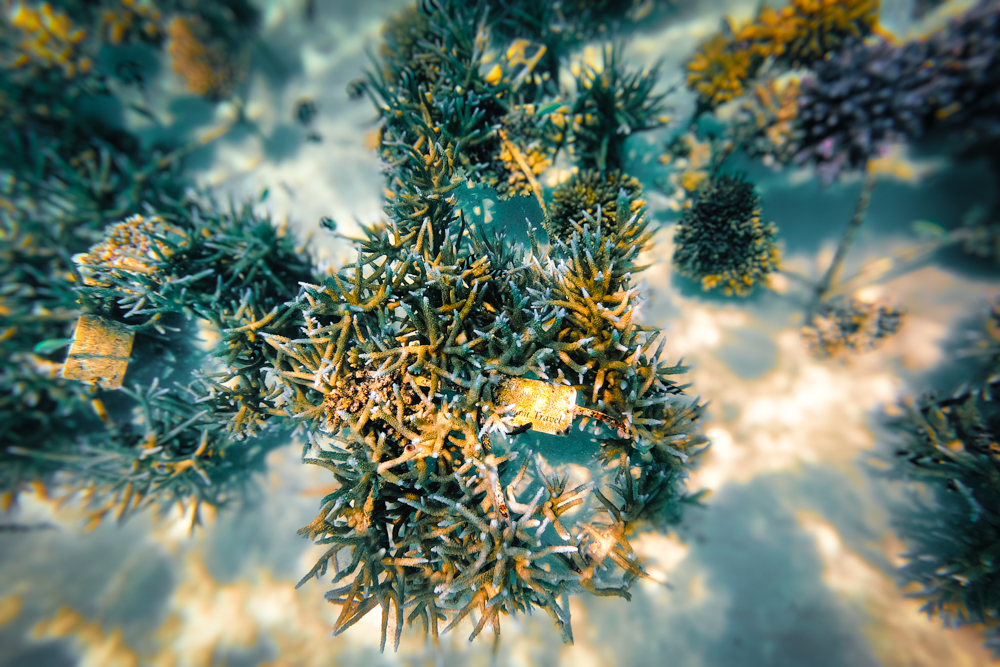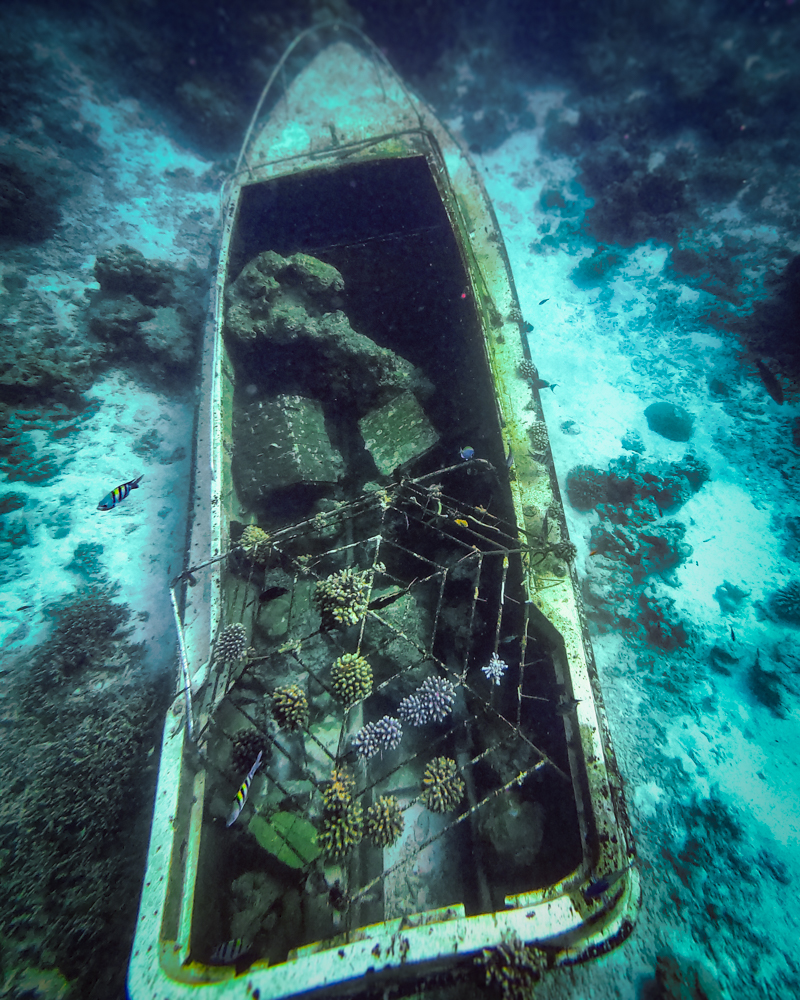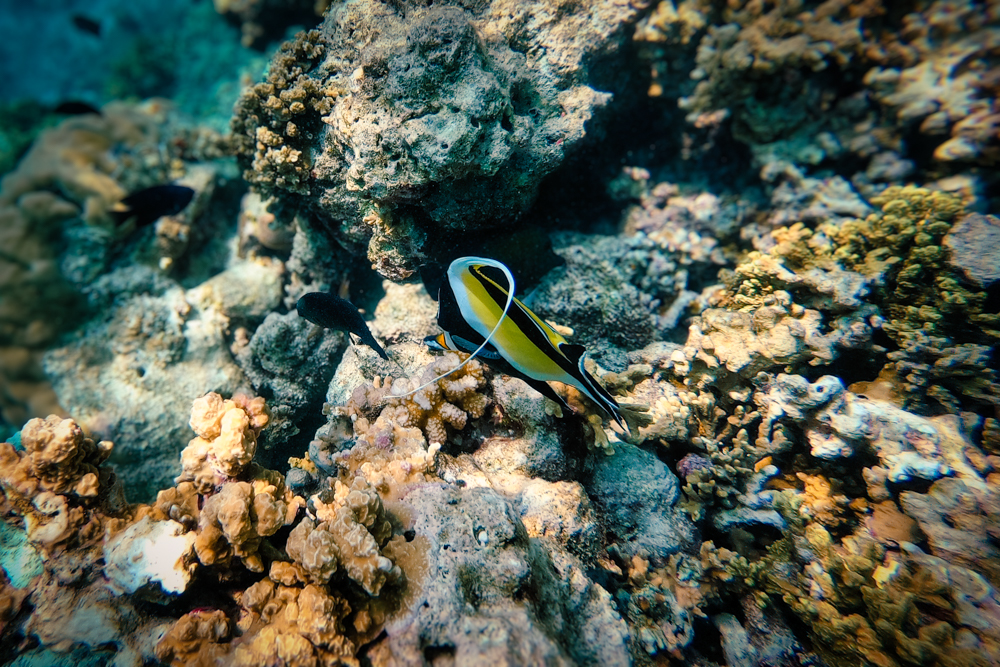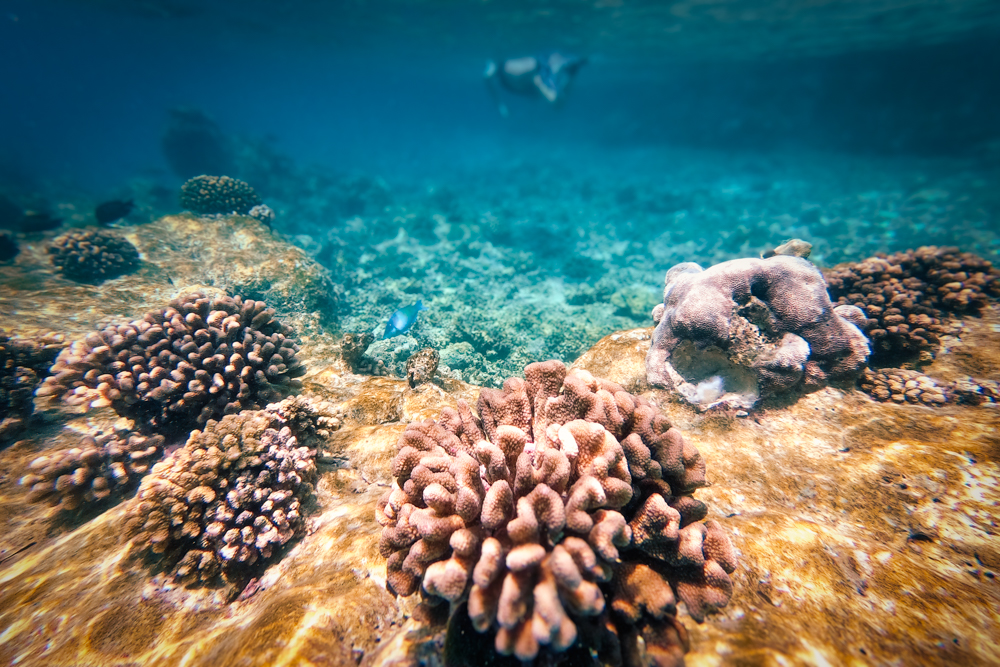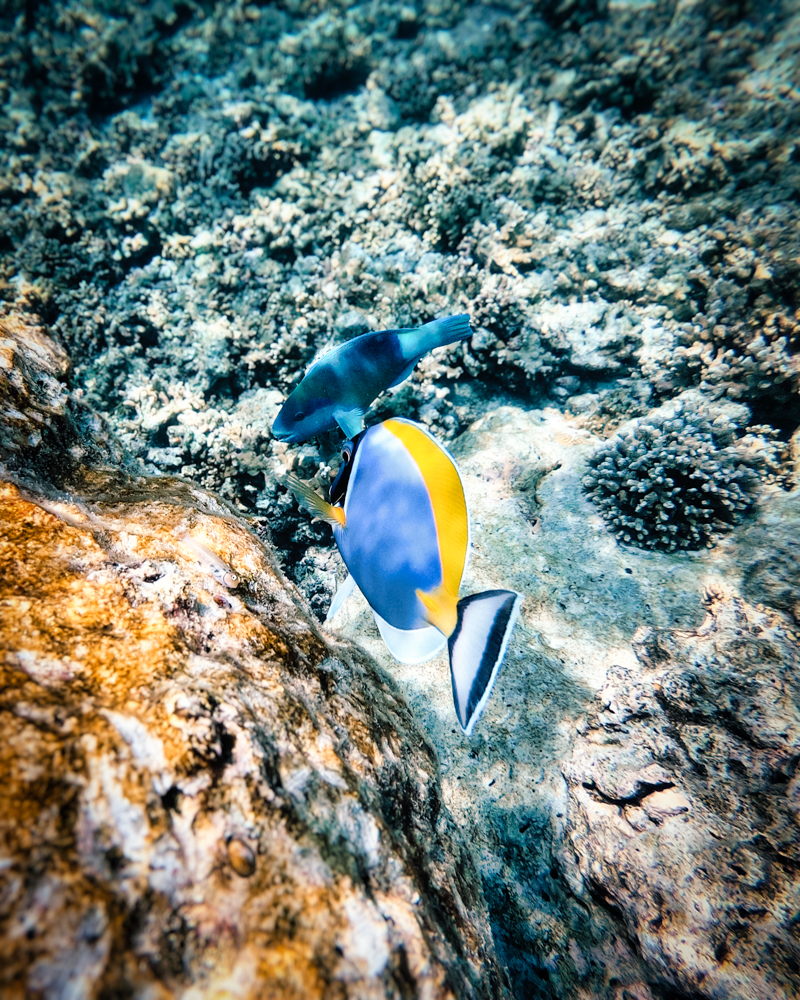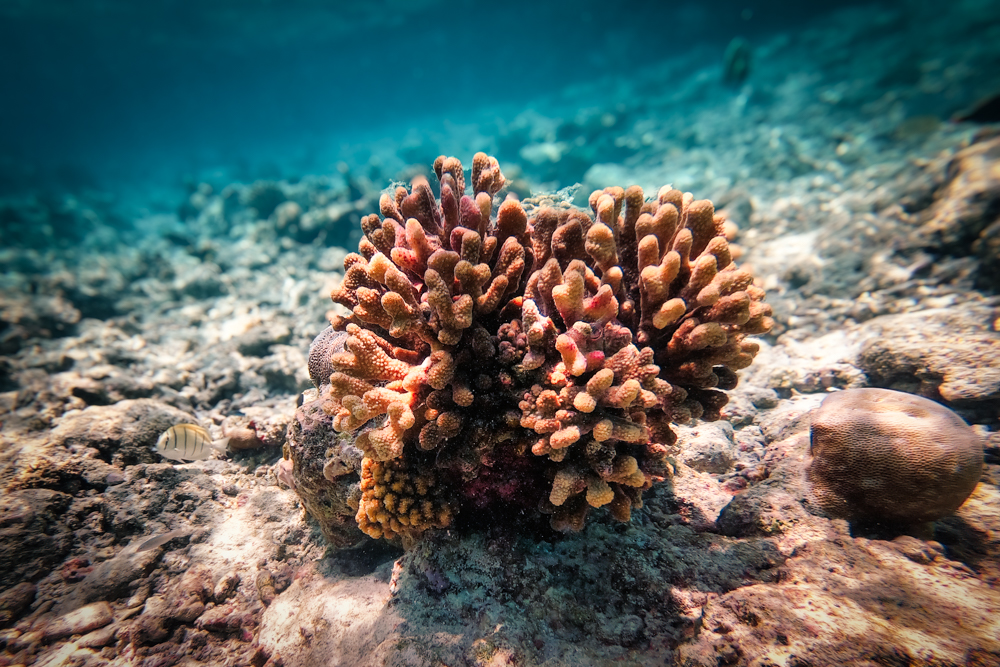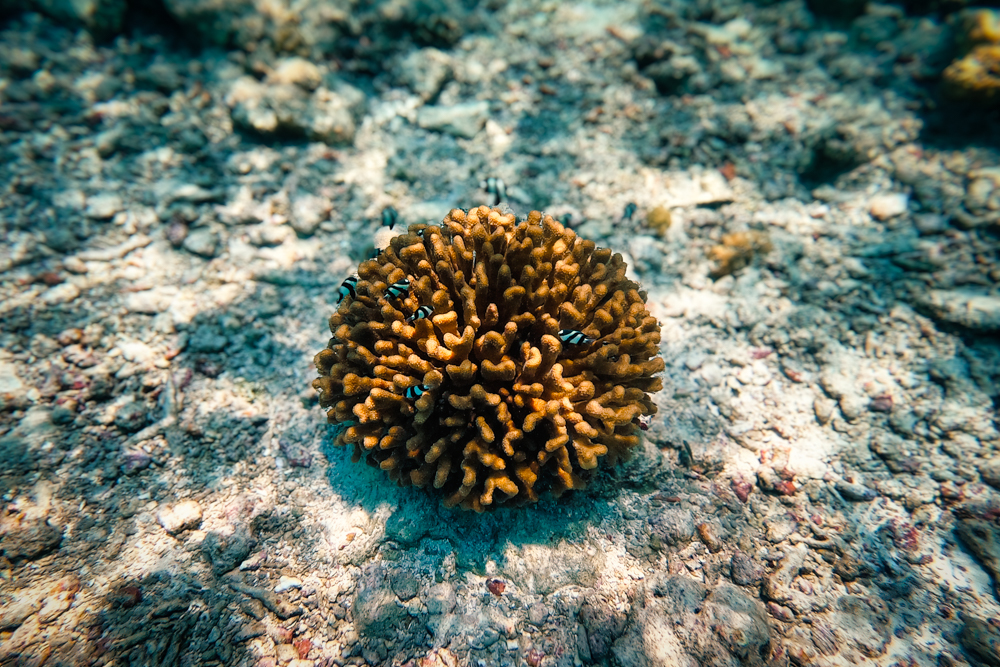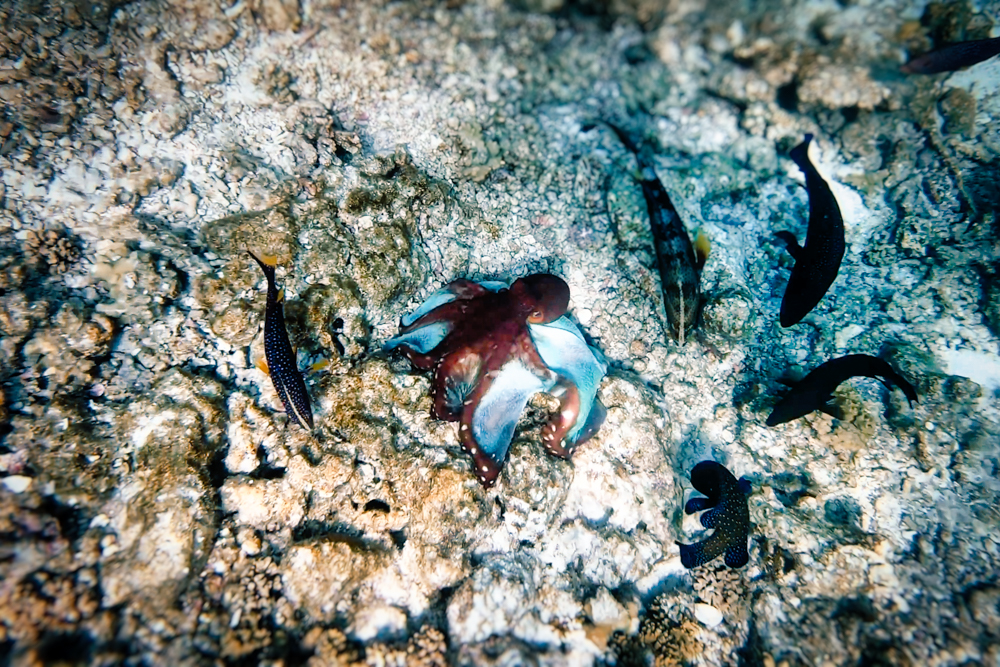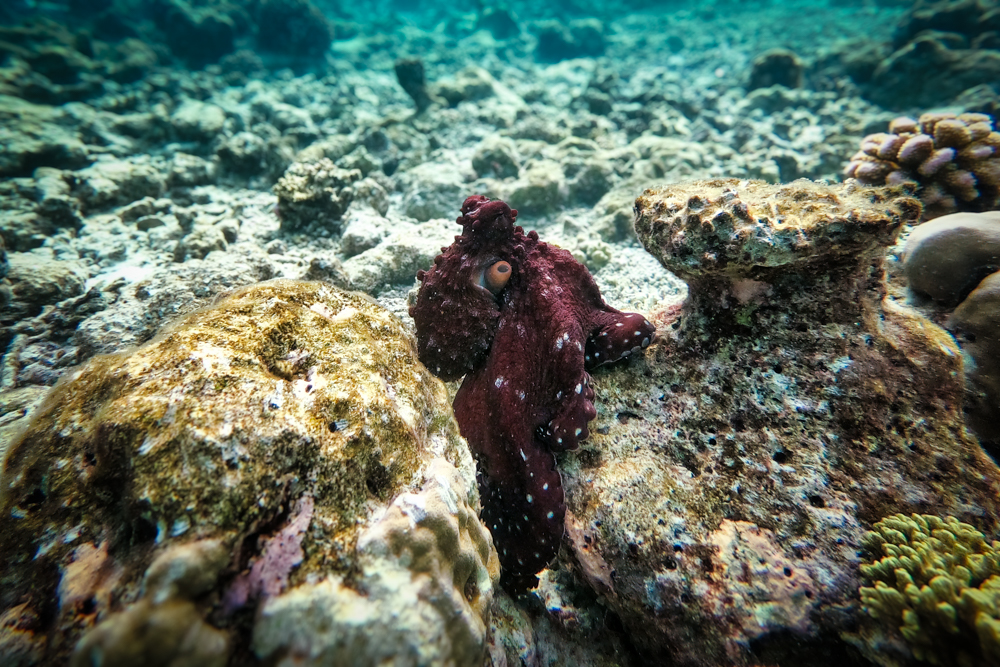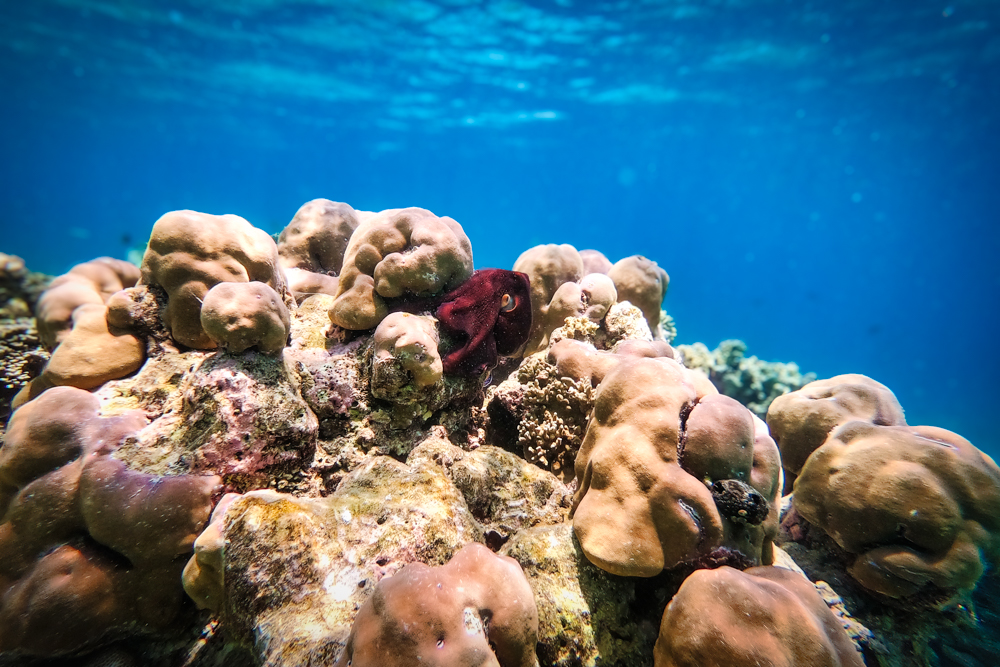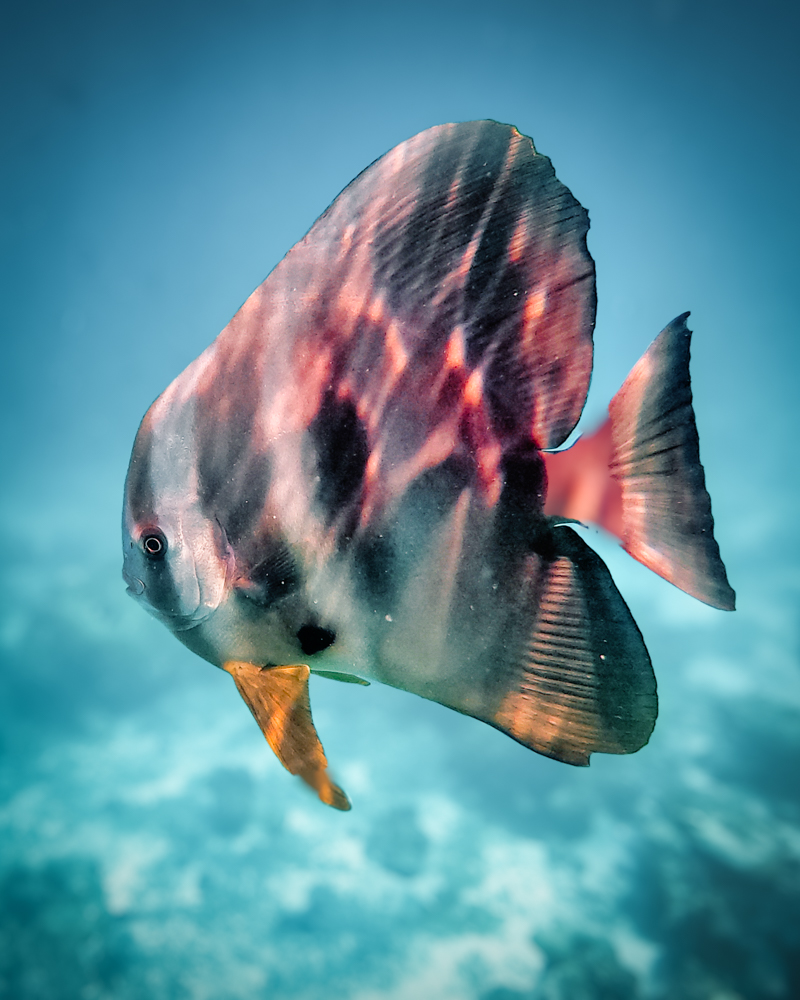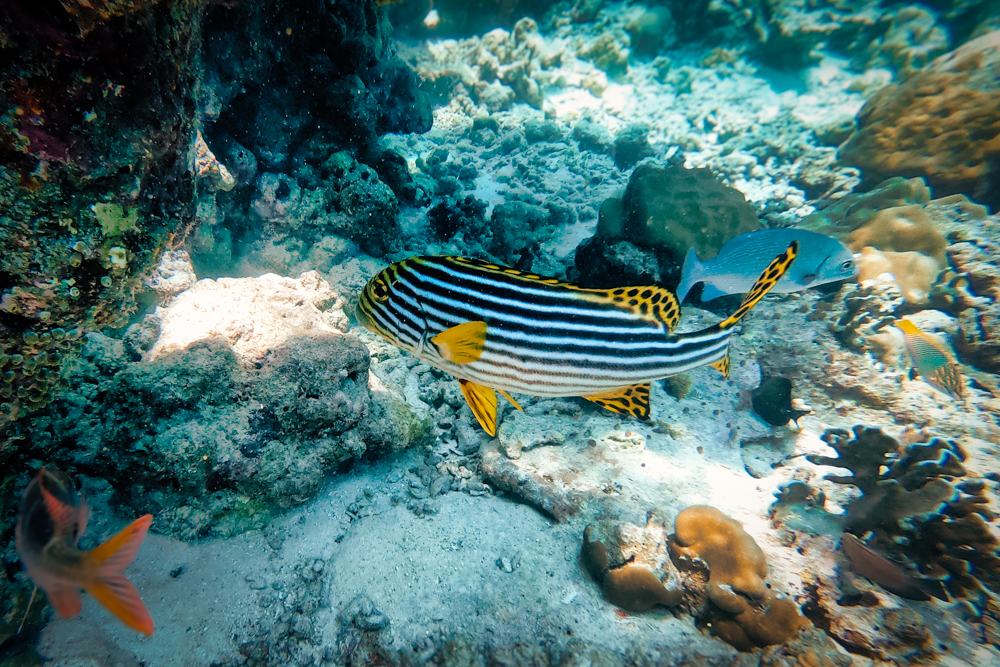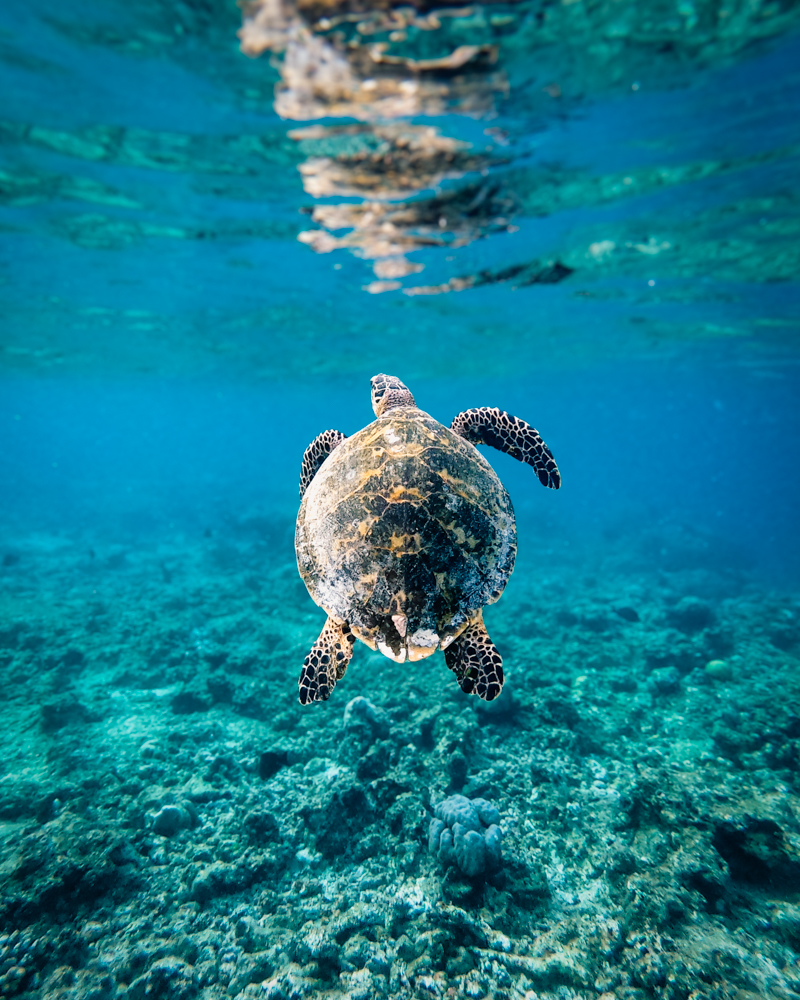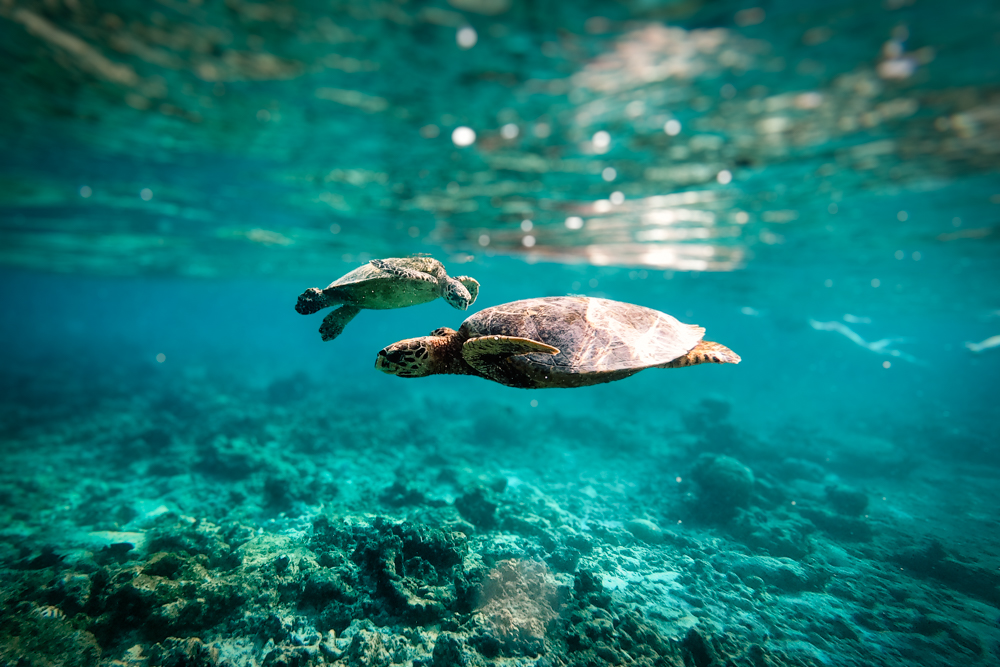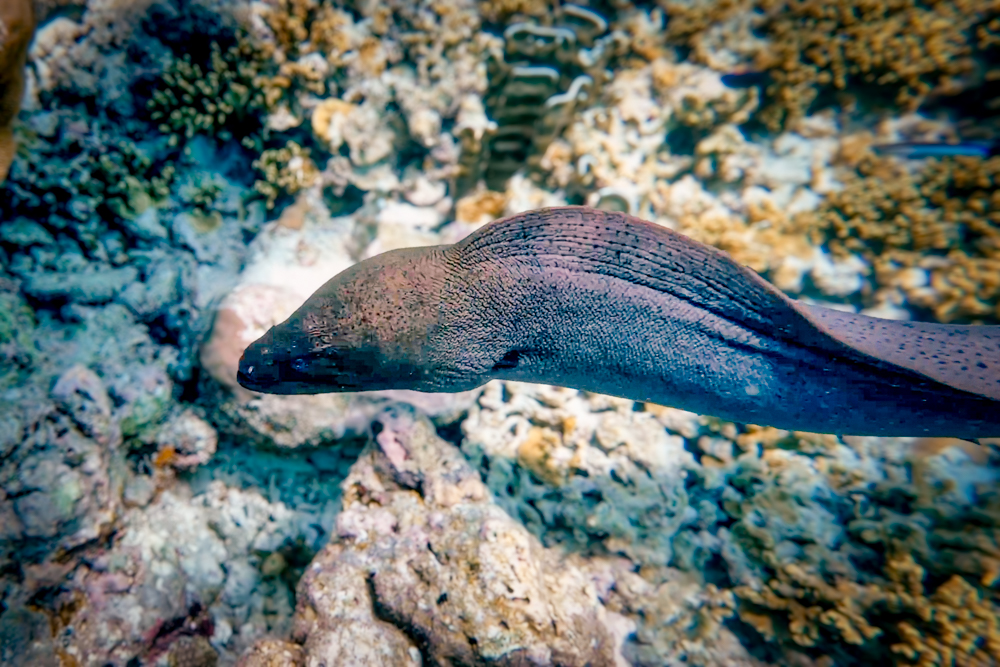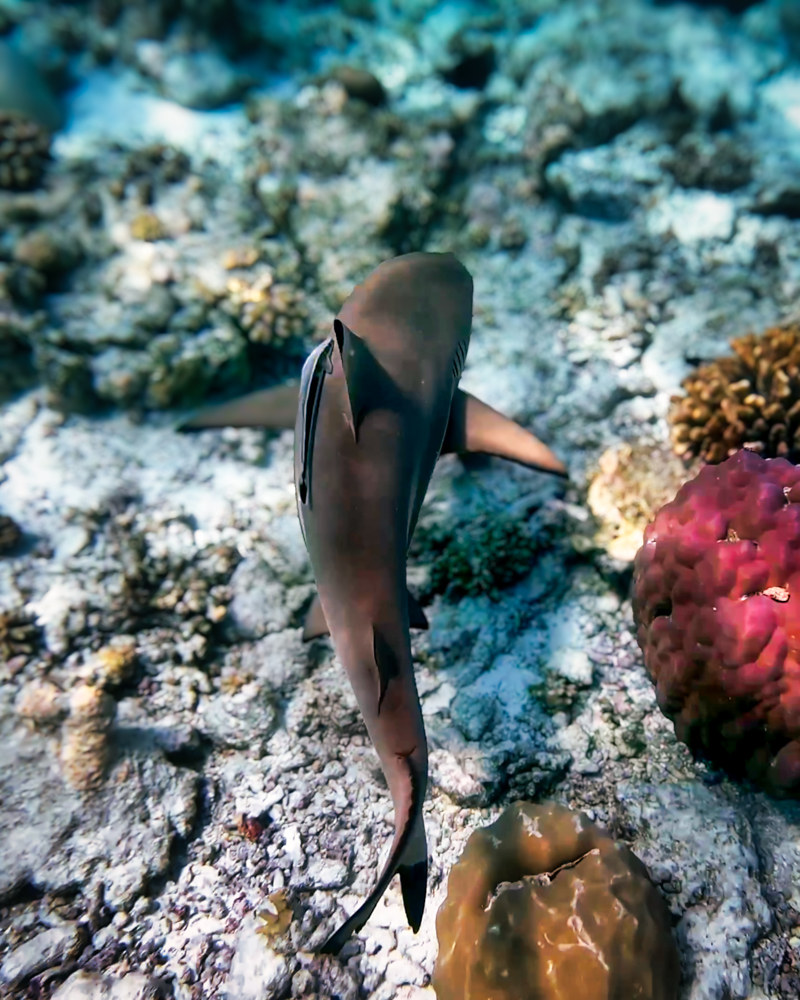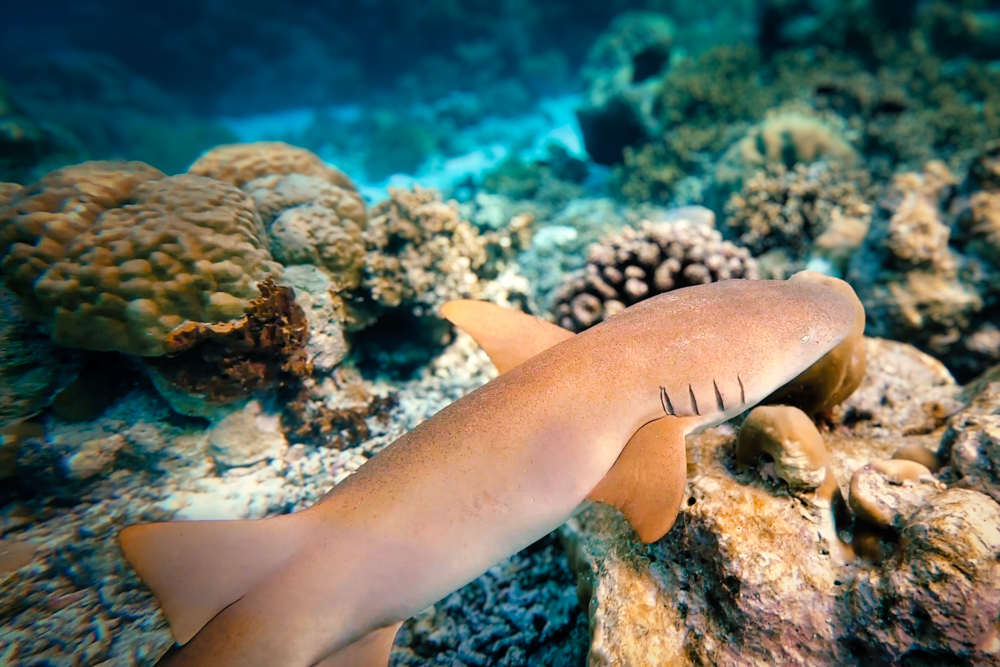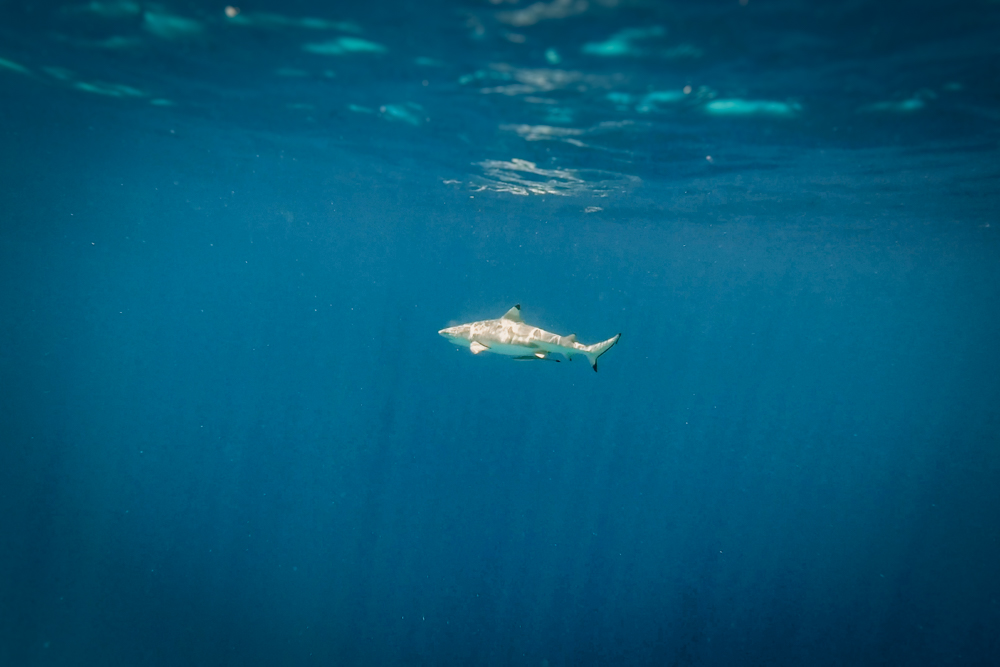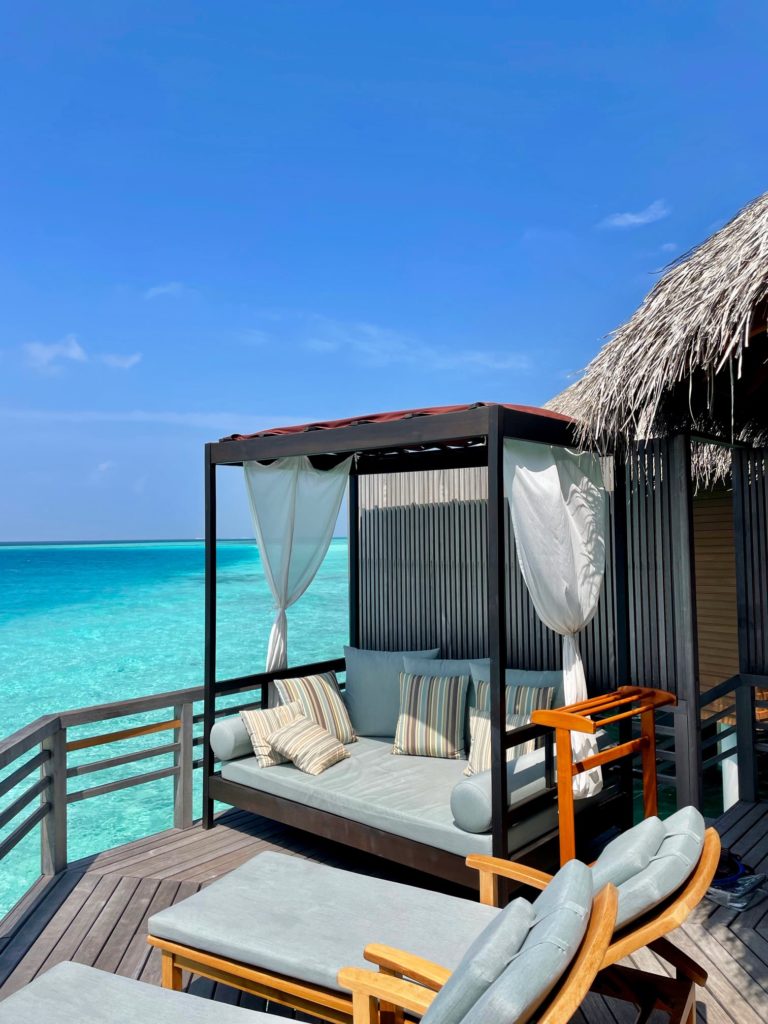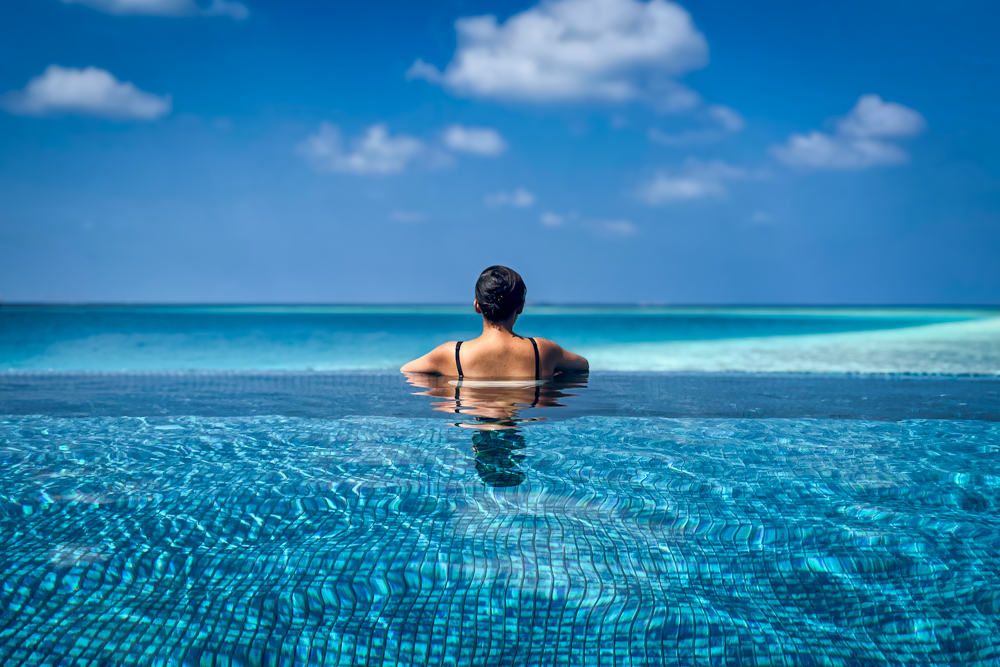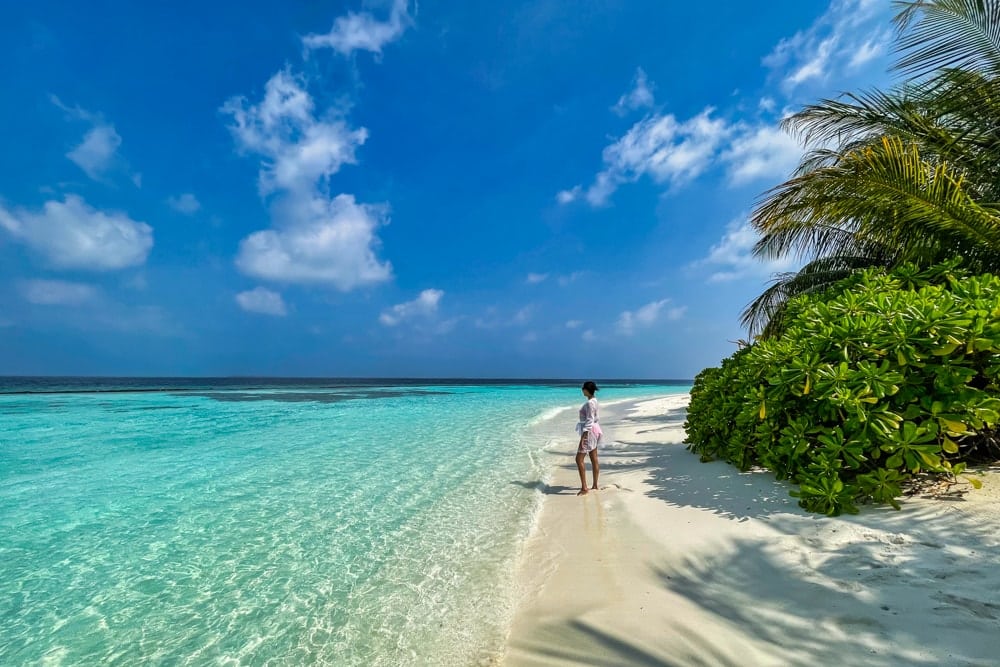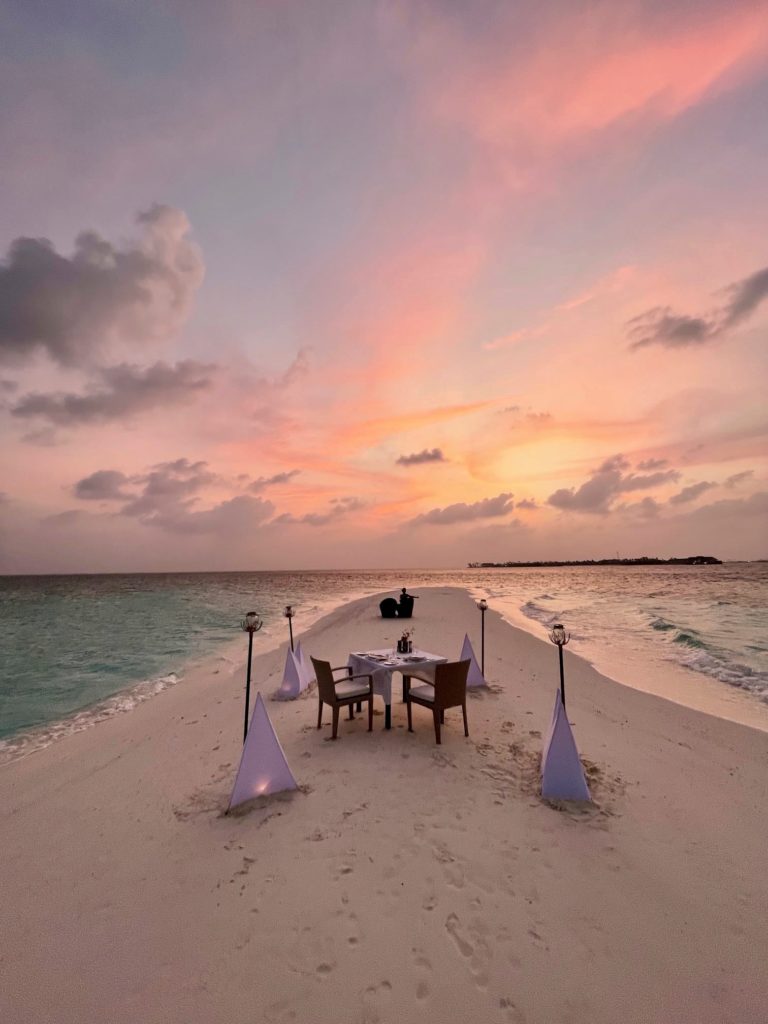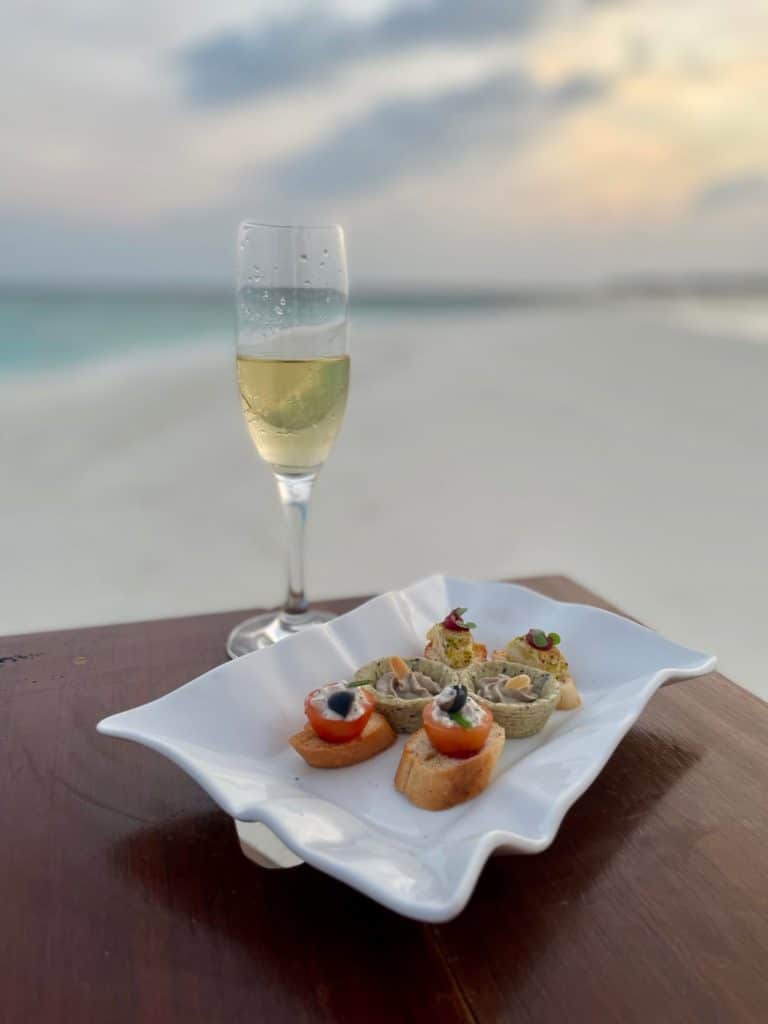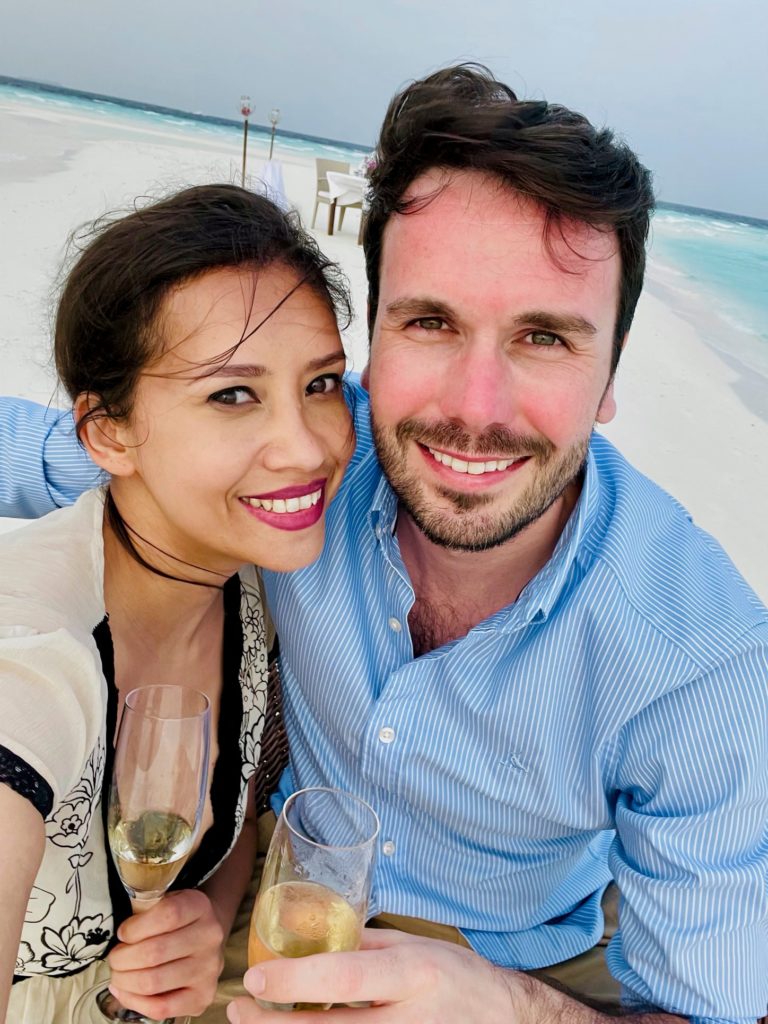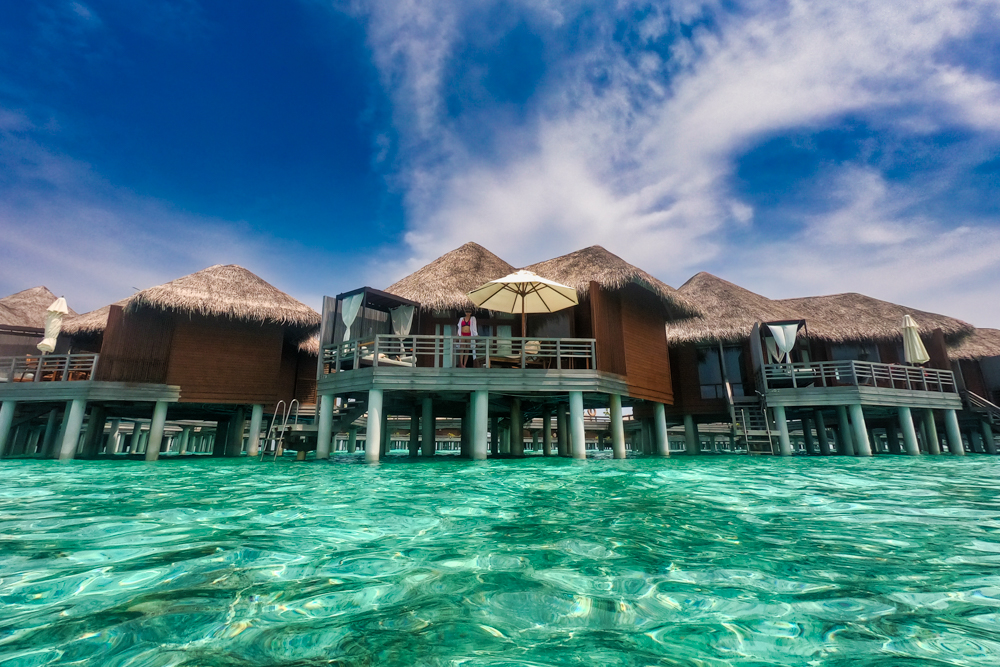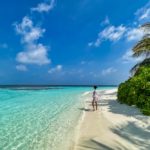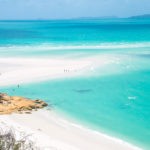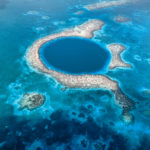Snorkelling Baros Reef in the Maldives offers encounters with turtles, sharks and octopuses just steps away from powdery white sand
The private island of Baros in the North Male atoll of the Maldives is one of our favourite places on Earth. We first visited in 2012 on a press trip with flights, accommodation and all excursions included.
We dined on a private sandbank, sailed with dolphins, quaffed champagne, lazed on a dhoni sailing boat on a sunset cruise and sampled a nine-course degustation menu. Unsurprisingly, it was an immensely special week. By the end, the island of Baros had stolen our hearts.
Fast forward 10 years to 2022 when, after successive lockdowns, we decided to splash out and recreate the trip. This time around, we had more free time as we weren’t there on a press trip where activities are packed into every day.
As such, between lounging on our water villa’s deck, swimming in the lagoon, sipping sunset cocktails and feasting on gourmet meals, we spent considerably more time snorkelling than during our previous visit.
Baros is famous for its house reef which is widely regarded as one of the best in the Maldives. As such, we snorkelled every day of our trip, working our way around the island, getting to know the reef’s nooks and crannies, its resident fish and its regular visitors. And with only 75 villas on the entire island, we rarely had any other swimmers or snorkellers nearby.
Baros began its own coral restoration project after reefs around the central atolls suffered from a series of severe events from 1997 to 2016, including two bleaching events, a tsunami and an outbreak of crown-of-thorns starfish – a predator that feeds on corals and is capable of wiping out entire coral colonies.
To restore the coral around the island, Baros uses ‘coral propagation’ methods where fragments of corals are transplanted to island-made ‘coral tables’. The tables look a bit like upturned baskets which encourage the polyps to grow. The result is a series of coral nurseries around Baros that act as homes for a variety of fish life and invertebrates. There is even a sunken fishing boat off the shore also acting as a coral nursery.
During our various forays, we saw a range of fish life including clown triggerfish, napoleonfish, unicornfish, oriental sweetlips, angelfish, surgeonfish, anemonefish, Moorish idols and batfish. We also saw a sinister-looking moray eel, numerous black and white-tipped reef sharks, a nurse shark, stingrays and several friendly turtles.
The crowning moment of our sorties came on the final day when we spotted two octopuses – the first time we had seen the species in the wild. We watched these majestic creatures flit across the sea floor and rest on rock formations before camouflaging themselves against their surroundings.
Usually, when we visit an island destination, we organise at least one dive. However, this trip was all about relaxing so we decided to keep it low-key and keep our days blissfully empty. That said, while we were never in danger of feeling bored in this island paradise, snorkelling around our own (almost) private lagoon undoubtedly added another dimension to an already idyllic trip.
Snorkelling Baros Reef: the essentials
What: Snorkelling Baros Reef in the Maldives.
Where: We stayed at the luxury private island of Baros, an exclusive resort located in the North Male atoll. It is a tiny island which takes about eight minutes to circumnavigate. The entire island is covered with powdery white sand with the warm water of the Indian Ocean lapping nearby.
We stayed in a water villa which came with a spacious wooden deck with direct access to the lagoon where we regularly saw reef fish, rays and sharks. The deck has sun loungers, a table and chairs and a shaded, cushioned nook. All villas come with a 24-hour host available via WhatsApp who can help organise dining reservations, spa treatments and activities.
When: We visited during the first week of March and enjoyed glorious weather throughout. The best time to visit the Maldives is between November and April, with the driest months and lowest humidity from January to April. This is also peak season so prices are also the highest.
The climate is warm and tropical with average highs consistently between 29°C and 31°C year-round and average lows rarely dropping below 24°C.
From May to December, temperatures are still warm but rain is more likely and there is a risk of storms. However, you will still likely enjoy long spells of sunshine with lower prices and fewer crowds, making this an attractive option.
How: We took our own snorkelling gear with us which included fins and two Aria Full Face Masks from Ocean Reef. The masks guarantee no fogging, have 180° panoramic views and allow users to breathe through their nose and prevent water from getting in. If you don’t have your own equipment then Baros has snorkelling gear available to use for free.
On arrival at Malé International Airport, we met the Baros Maldives airport host at the Universal Resorts Counter (No. 4) outside the arrival hall. He assisted us with our luggage and escorted us to a waiting speedboat at the jetty just a short walk from the arrival hall. It took us around 25 minutes from the airport to Baros Maldives by speedboat.
We flew from London to Malé via Abu Dhabi with Etihad Airways. Book flights via Skyscanner for the best prices.
Enjoyed this post? pin it for later…
